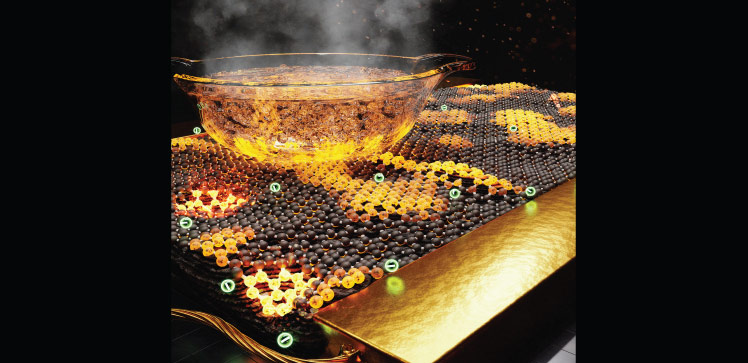
Material Science and Engineering
Carbon nanomaterials are hot property
Graphitic thin films hit high temperatures within seconds under low voltage.
Page 4 of 12

Material Science and Engineering
Graphitic thin films hit high temperatures within seconds under low voltage.

Electrical Engineering
A single-actuator system allows sensor-free highly precise position control for microelectromechanical devices.
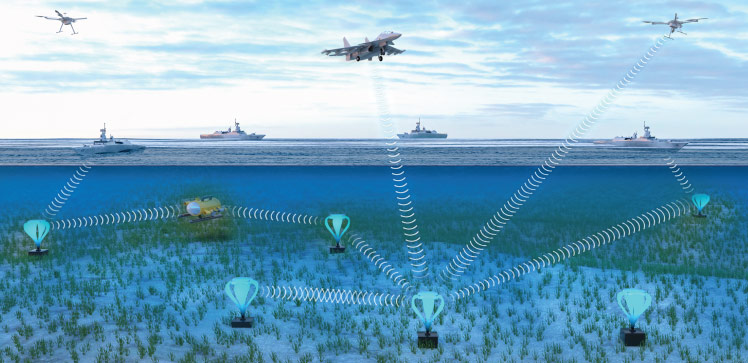
Electrical Engineering
Optical fibers doped with perovskite nanocrystals bring new opportunities for photodetectors for high-speed, free-space and underwater data links.

Mechanical Engineering
A universal mechanism could explain the formation of carbon nanoparticles in interstellar and terrestrial environments.
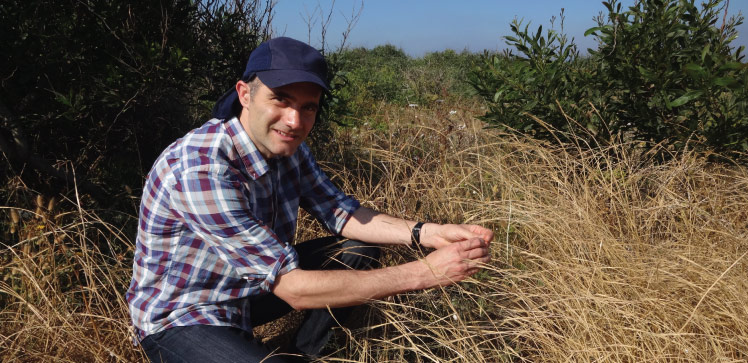
Plant Science
Researchers have identified stem rust resistance in the wild cereal plant Aegilops sharonensis and successfully transferred the resistance gene into bread wheat.

Statistics
New insights narrow the gap between large-scale atmospheric models and microscale features of atmospheric winds.

Environmental Science and Engineering
A sand-based mulch could help reduce irrigation on desert farms.
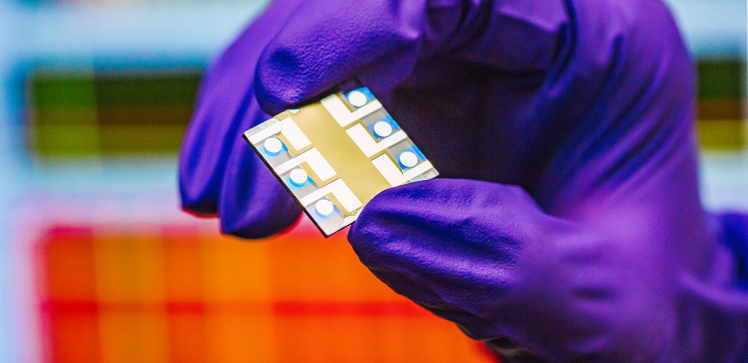
Material Science and Engineering
Light causes small rapid distortions in solar cell material, affecting how charge carriers behave.

Statistics
Machine learning techniques used to analyze case data show promise for predicting the evolution of an epidemic.

Earth Science and Engineering
Simulations show that solar panel installations could go a long way toward addressing Saudi Arabia’s growing water crisis.
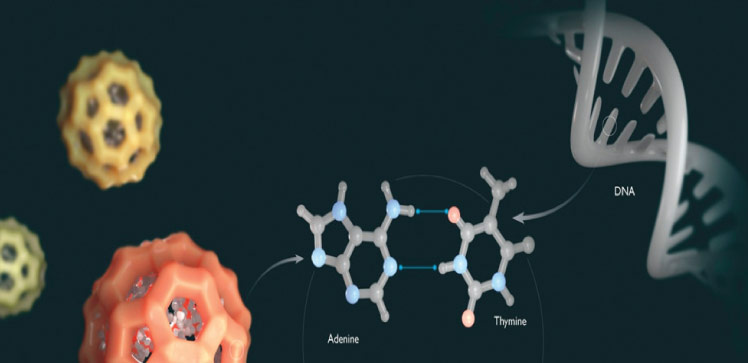
Chemistry
Hybrid material helps ferry genetic cargo to target cells.
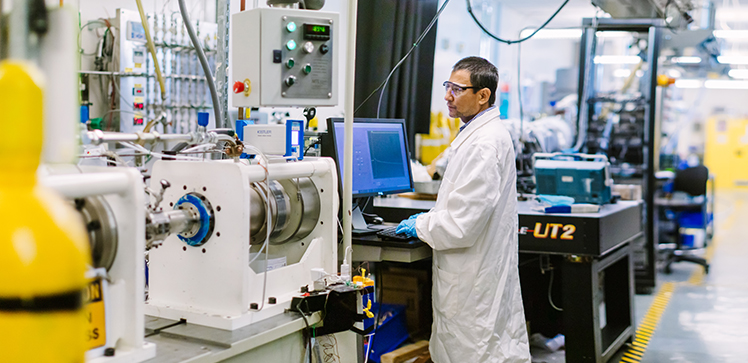
Mechanical Engineering
Clean and sustainable fuels could be derived by combining ammonia with complementary combustion-modifying additives.
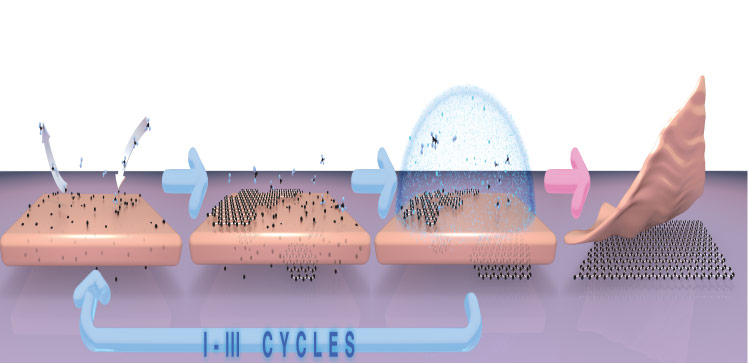
Material Science and Engineering
An interface-templated method enhances the crystallinity of large single-layer graphene sheets on insulating supports.
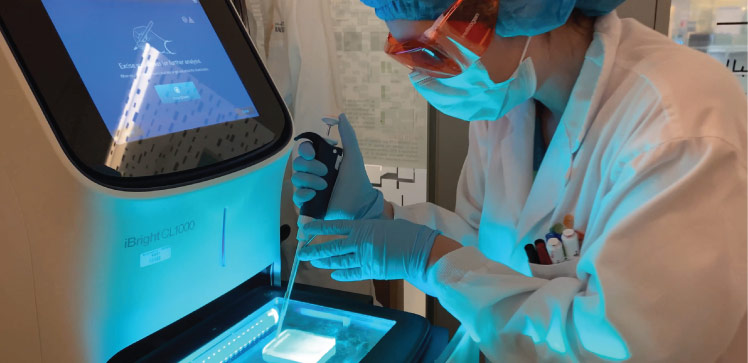
Bioscience
Stem cell analyses could reveal how extra doses of some genes lead to the characteristics seen in males born with one or more surplus X chromosomes.
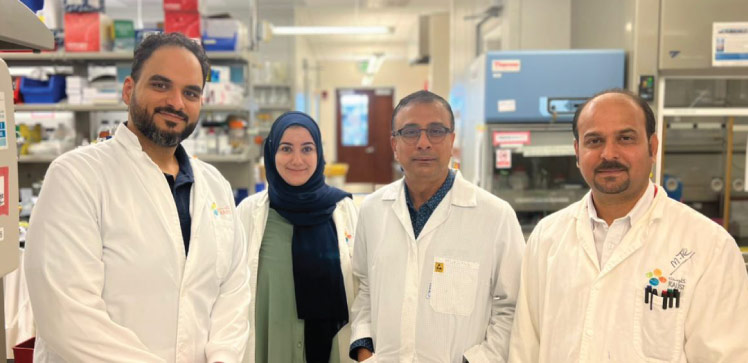
Bioscience
Insight into the function of the nucleocapsid protein could help develop drugs that reduce coronavirus impact.

Earth Science and Engineering
Modeling the impact of meteorological forces on the Red Sea shows that winds in the southern part of the sea modulate sea-level surges across the basin.
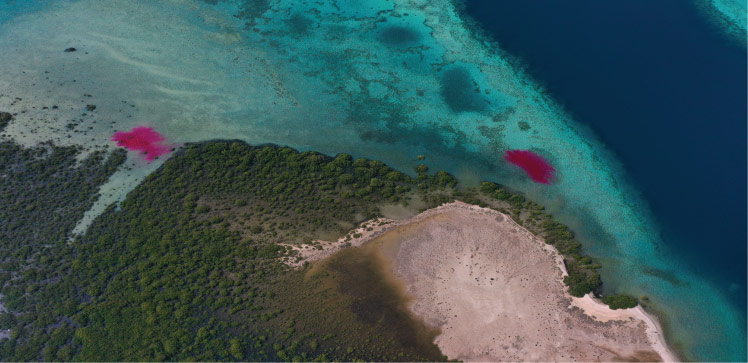
Environmental Science and Engineering
Unmanned aerial vehicles show promise for monitoring coastal water flows over large areas.
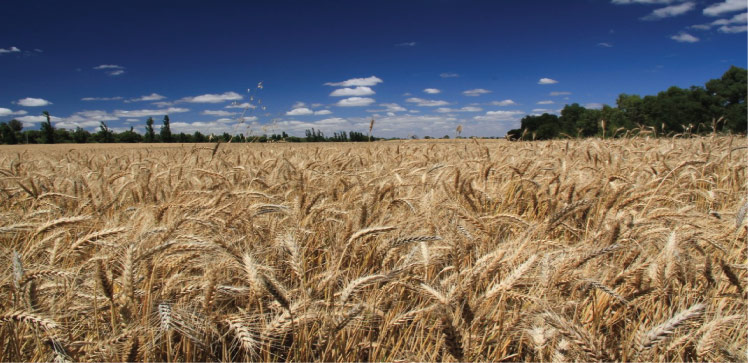
Plant Science
Sequencing a high-quality bread wheat genome facilitates the identification of a gene that confers stripe rust resistance and may lead to improved crop resilience.
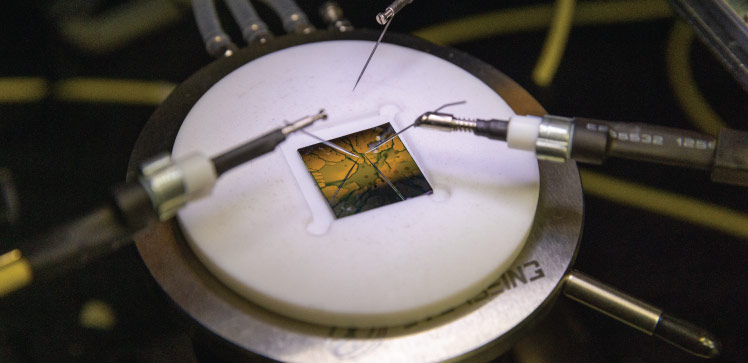
Material Science and Engineering
A novel device architecture makes organic electronics applicable to 5G telecommunications.
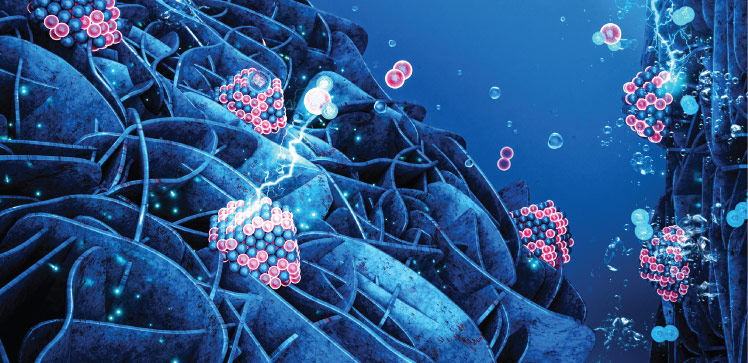
Chemistry
An electrode made from inexpensive earth-abundant metals bubbles with potential for green fuel production.
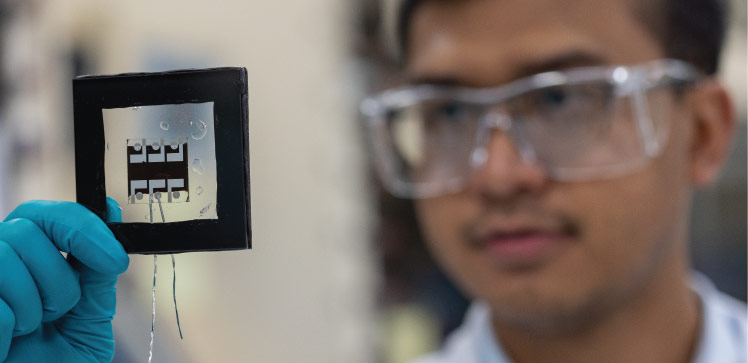
Material Science and Engineering
Tunable perovskite-based multilayered films provide long-term stability for high-performing solar cells.
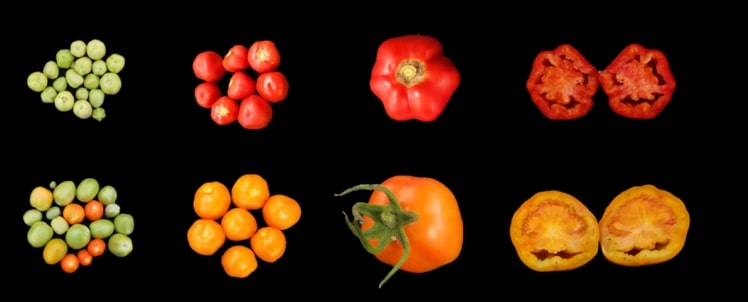
Plant Science
A novel plant-breeding strategy is targeting crop yield, nutritional value and stress tolerance, all through the expression of one gene.
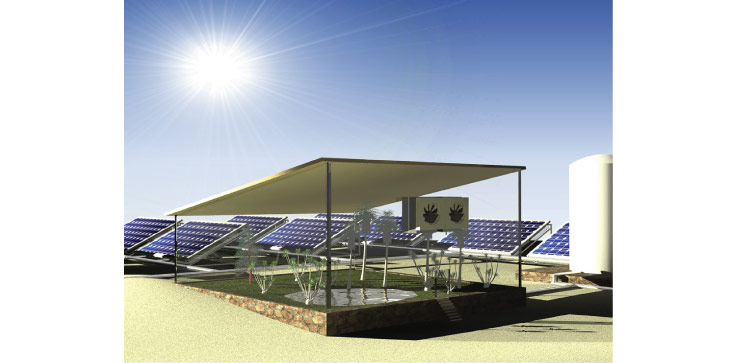
Environmental Science and Engineering
A solar-driven system to generate electricity and produce water for crops in arid areas may help a decentralized approach to food, water and energy security.
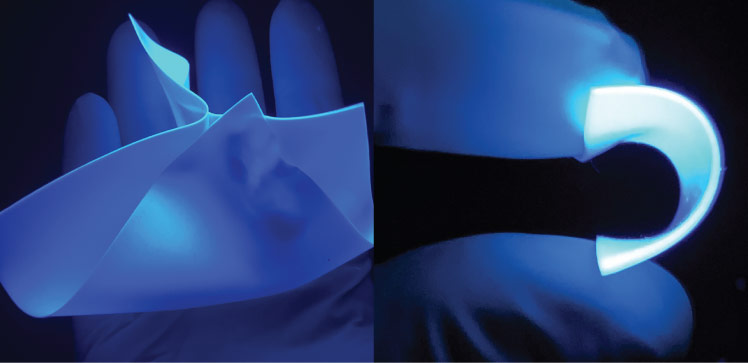
Chemistry
Sensitive and flexible scintillation screens bring better X-ray imaging.

Electrical Engineering
Inspired by the human eye, a neuromorphic vision system recognizes handwritten numbers.
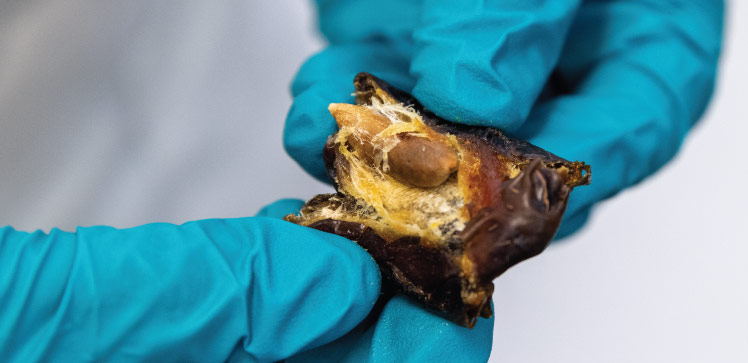
Chemical Engineering
Membranes made from date seed biomass could provide a greener and more cost-effective alternative for industrial separation.
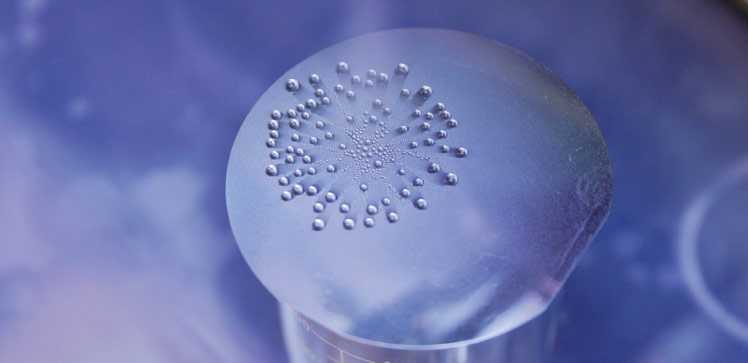
Environmental Science and Engineering
Hydrogen peroxide only forms in the presence of ozone in water microdroplets.

Statistics
A corrected description of the "tail dependence" for extreme events leads to a better statistical model for environmental data.
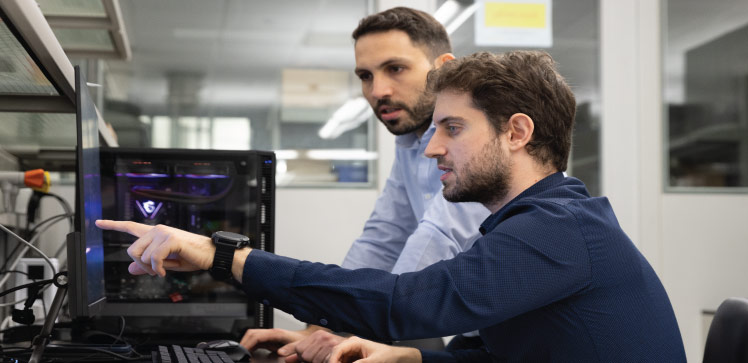
Computer Science
Detection methods that identify the weaknesses in smart power grids will prevent cyberattacks from disrupting supply to critical infrastructure.

Bioscience
Cell processes and research reproducibility may be significantly impacted by changes in batch cultures as cells grow. More monitoring and improved procedures are needed.
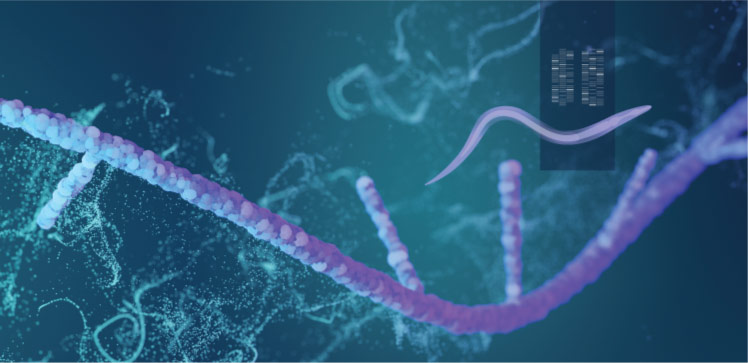
Bioengineering
Genomic defense mechanism harnessed to manipulate gene activity in worms.
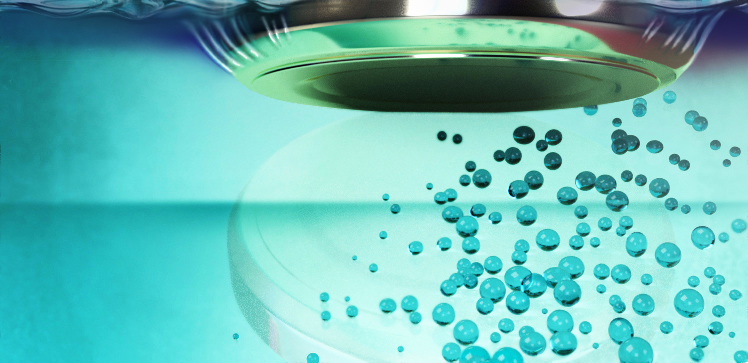
Mechanical Engineering
Damage-causing bubbles might form at much lower impact velocities than expected.
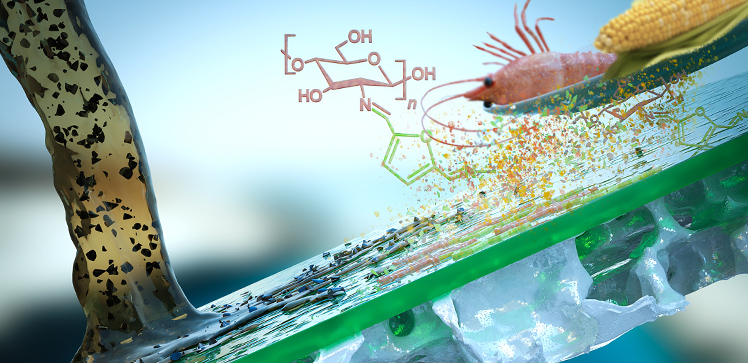
Chemical Engineering
Waste materials are used to create an environmentally friendly filtration system for industrial applications.
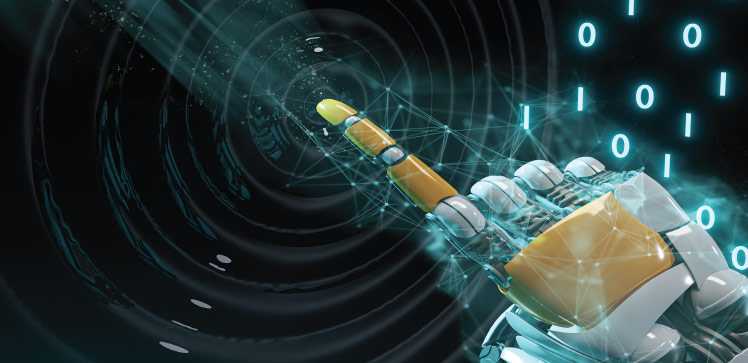
Electrical Engineering
In-memory sensing technology will facilitate electronic systems that are faster, smaller and consume less energy.
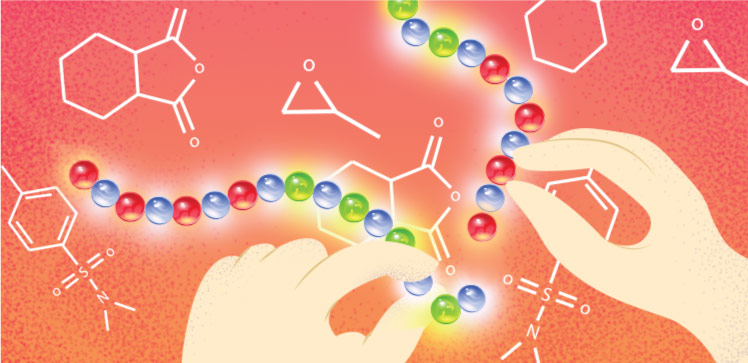
Chemistry
A catalyst turns three monomer mixtures into diblock dialternating terpolymers in a single step.
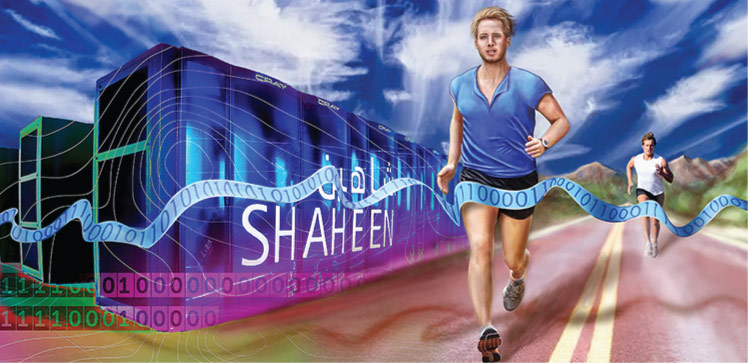
Statistics
Comparing different approximation methods for analyzing large spatial datasets allows for a better understanding of when these methods become insufficient.

Statistics
The statistics of extreme events reveal that cryptocurrency prices tend to fall in tandem but rise more independently.
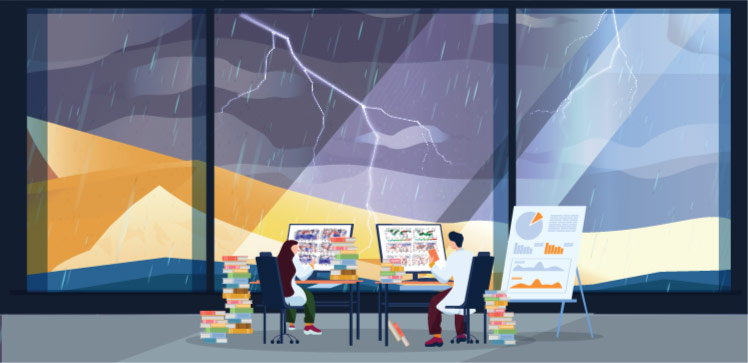
Earth Science and Engineering
Warmer waters in the central tropical Pacific in recent decades have led to shifts in atmospheric wind jets, bringing more winter rainfall to the eastern Arabian Peninsula and less to the south.

Material Science and Engineering
Pulses of intense light could clean organic pollutants from wastewater.

Statistics
Cold still causes far more deaths than heat in India.
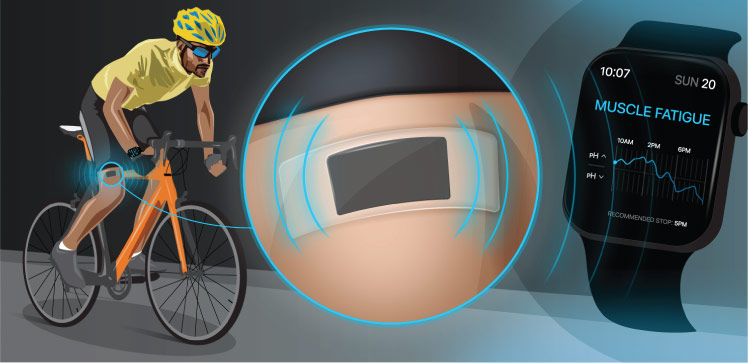
Material Science and Engineering
Wearable device alerts users about muscle fatigue by monitoring pH levels of sweat.
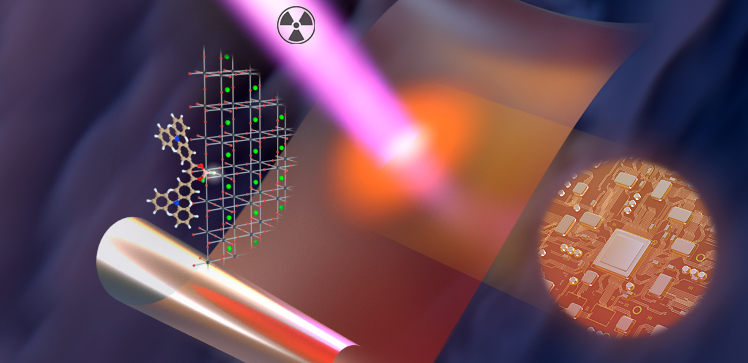
Chemistry
Layered nanomaterials shine for lossless light-energy conversion.

Material Science and Engineering
Transistor-based sensors offer hope for rapid diagnosis and treatment for COVID-19 and other infections.

Statistics
Novel statistical methods help tell the difference between "false positives" and true detections of protein domain hotspots that could be linked to cancer.

Marine Science
Satellite data analysis lays a foundation for future studies on the impact of climate change on the Red Sea ecosystem.
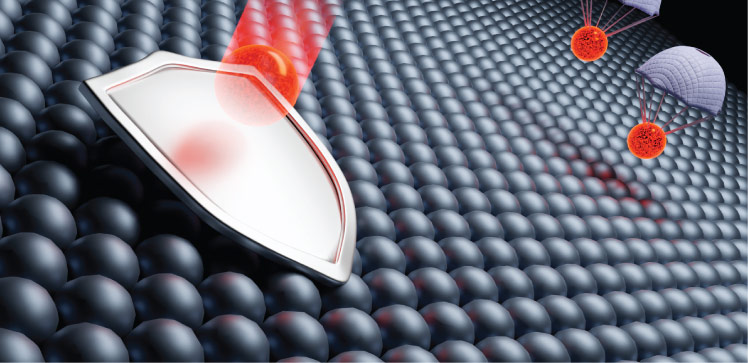
Material Science and Engineering
Damage from adding electrical contacts to sensitive semiconductors can be mitigated using a buffer layer and optimized deposition.

Bioengineering
Miniature RNA-cutting protein harnessed for diagnostics and therapeutics.
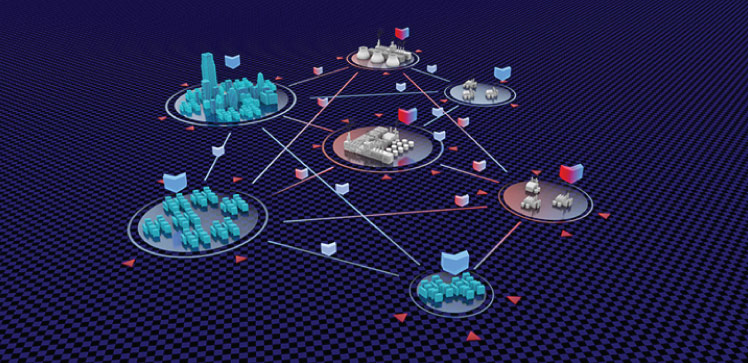
Statistics
Stacked deep learning offers a better way to detect hacking into industrial control systems.
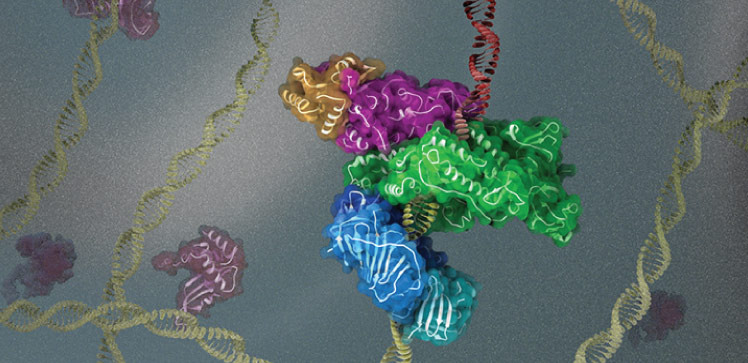
Bioscience
The three-dimensional structure of a protein complex that is key for replicating damaged DNA offers insights into its regulation.

Electrical Engineering
A network of body monitoring devices connected using our own tissue could form the basis for the internet of bodies (IoB).
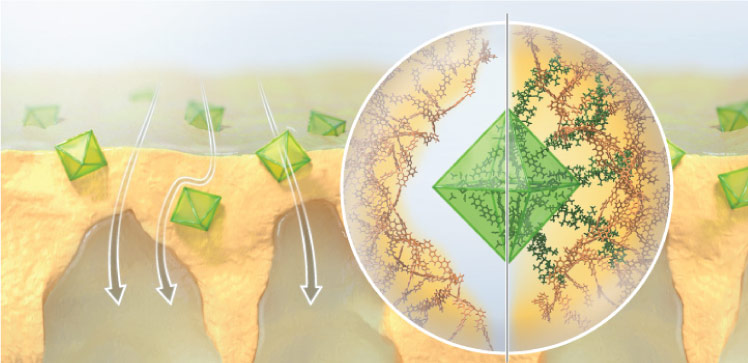
Chemical Engineering
An energy efficient membrane technology could lead to a low-cost and environmentally sustainable separation technique.
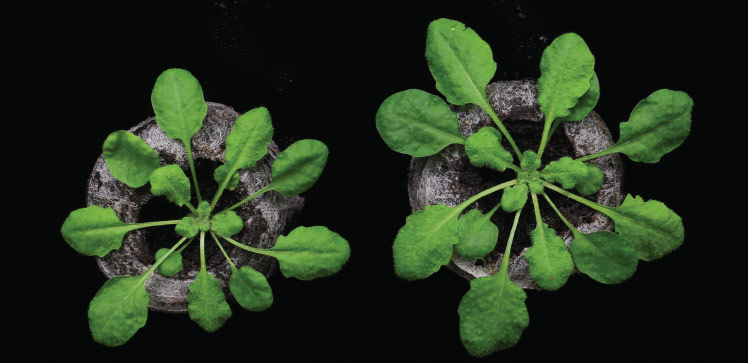
Plant Science
Understanding the interplay between bacteria and sulfur is leading to exciting biotechnologies that could enable crops to be irrigated with salty water.
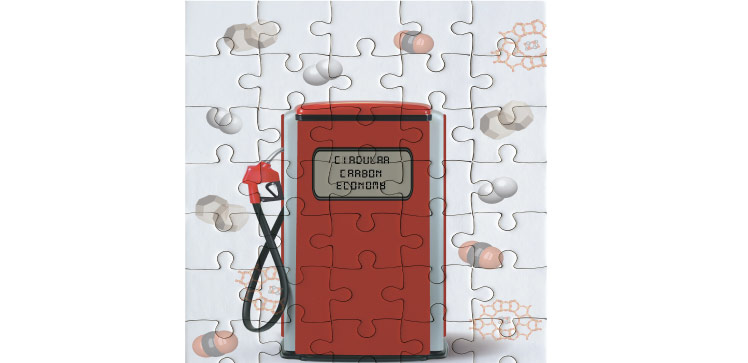
Chemical Engineering
The conversion of captured CO2 into fuels and other valuable hydrocarbons could enable a sustainable nonfossil-fuel-based economy.
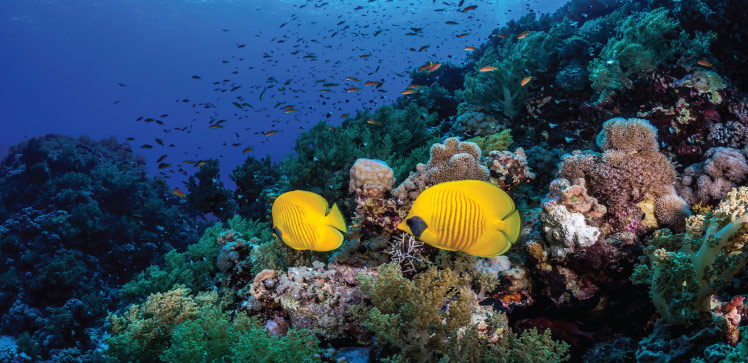
Marine Science
Restoration processes to increase the resilience of corals are needed to counter environmental pressures from climate change.

Electrical Engineering
Rather than just burning it, coal could also become a valuable solar desalination material.
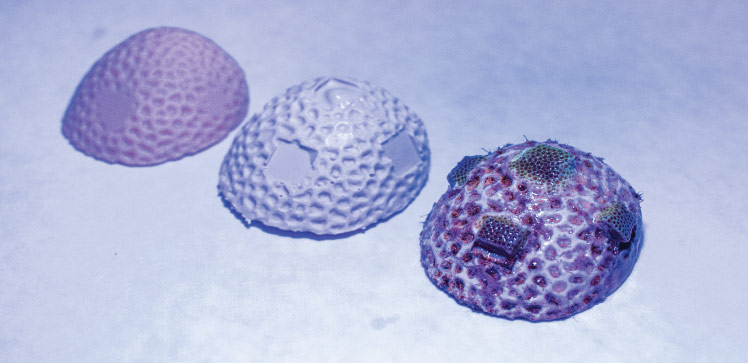
Bioengineering
Providing 3D-printed structures can help coral reefs recover faster.

Environmental Science and Engineering
Combining two chemical-free treatments shows promise as an approach for reducing biofilm build-up on anaerobic bioreactor membranes.
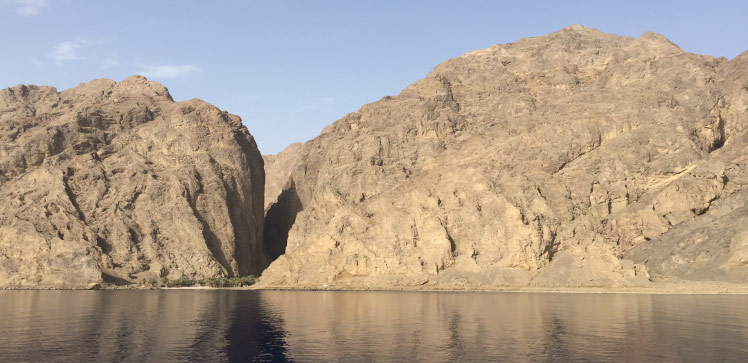
Earth Science and Engineering
Saudi Arabia might not be shaken from its ambitious development goals, but it cannot rule out large earthquakes entirely.
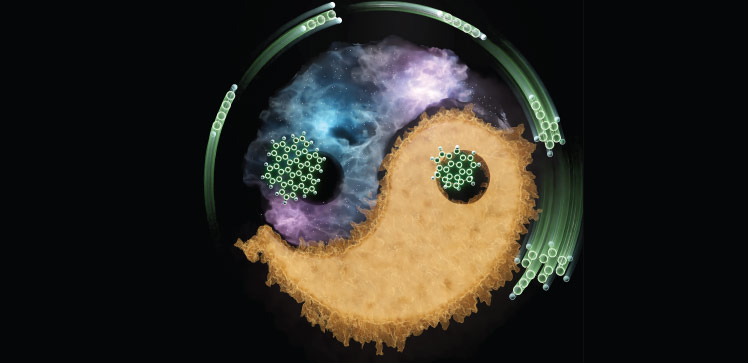
Mechanical Engineering
Unusual reaction pathways to hydrocarbon clusters could bring a paradigm shift to the understanding of soot and interstellar chemistry.

Environmental Science and Engineering
A wax-based treatment for jute bags improves water repellency and reduces loss of stored food grains.
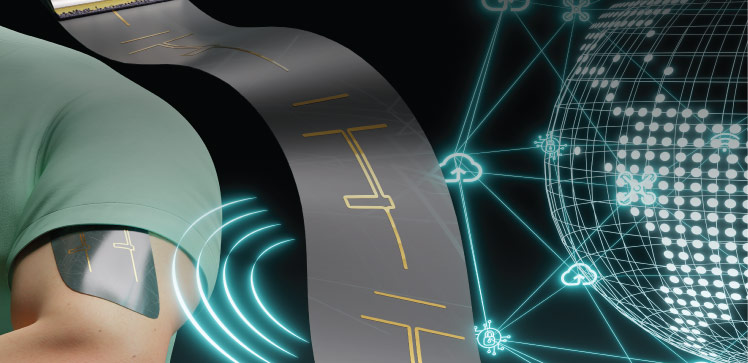
Electrical Engineering
A screen-printing approach to creating foldable circuits could make many functional devices easier and cheaper to mass produce.

Environmental Science and Engineering
Understanding how liquid marbles behave as they evaporate provides valuable insights into these unique structures and their potential applications.
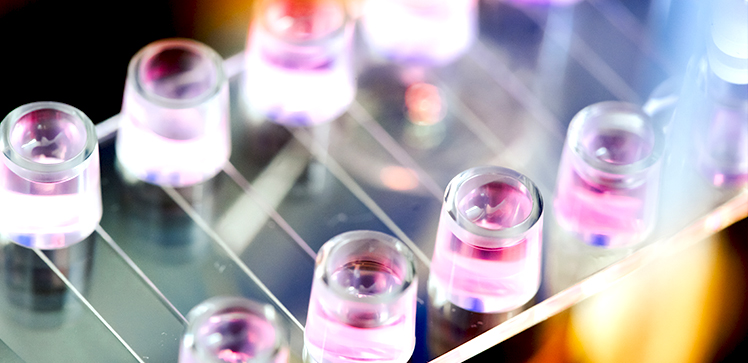
Bioscience
Molecules move within elongated protrusions to help stabilize migrating cells inside the bloodstream.
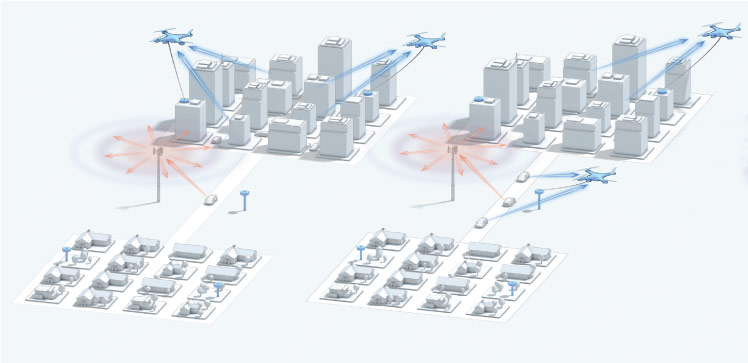
Electrical Engineering
Movable airborne antennas receiving cellphone signals could reduce EMF exposure while offering higher data transmission speed and using less power.
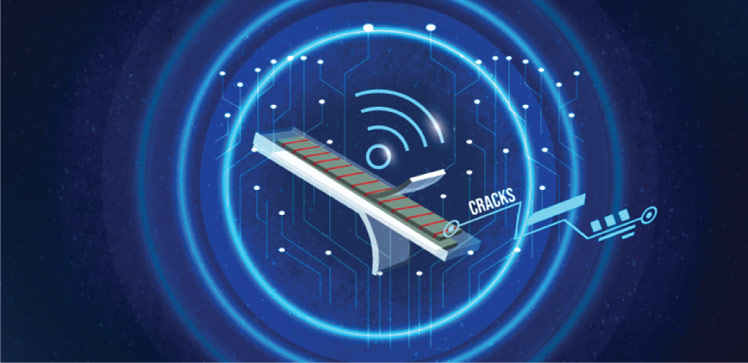
Mechanical Engineering
Incorporating regular cracks in electrodes for wireless strain sensors brings surprisingly better sensitivity.
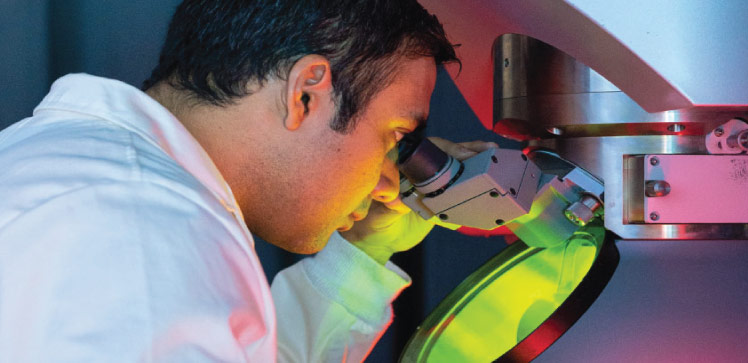
Electrical Engineering
Tiny light-emitting devices that can create all the colors in the rainbow are essential for the next generation of phones and screens.
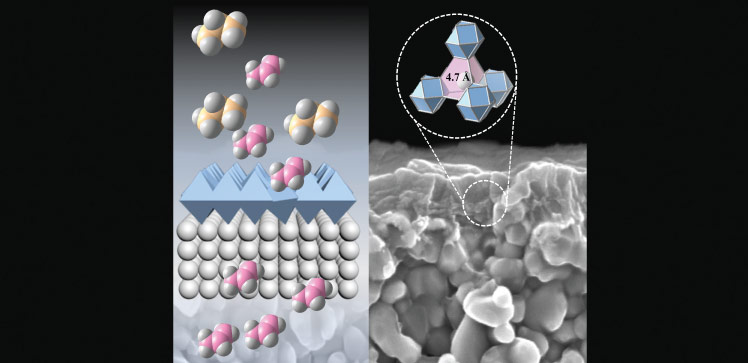
Chemistry
Metal-organic framework membranes that selectively separate hydrocarbons set the stage for more sustainable petrochemical processes.
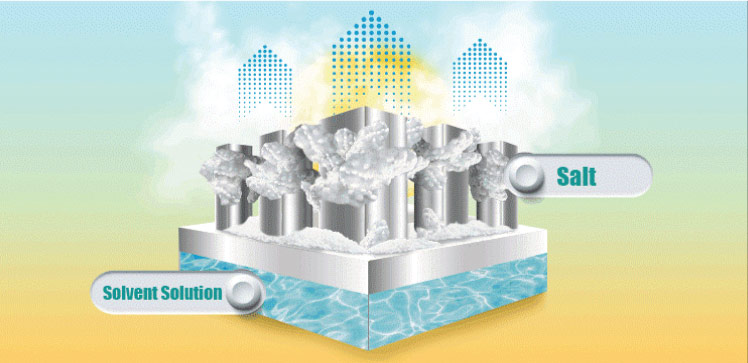
Environmental Science and Engineering
Sustainable electricity-free appliance can harness solar energy to reduce temperatures on hot days.
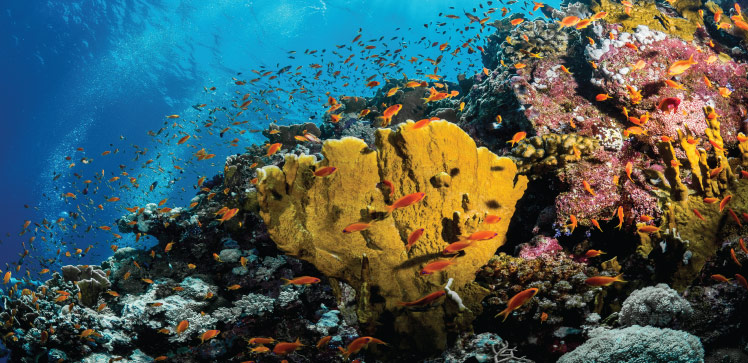
Marine Science
Corals face a grim future over the coming decades and researchers urge faster efforts to reduce global emissions and to enhance coral reef resilience.

Statistics
New modeling shows that heatwaves across Europe have increased in both frequency and spatial extent over the past century.
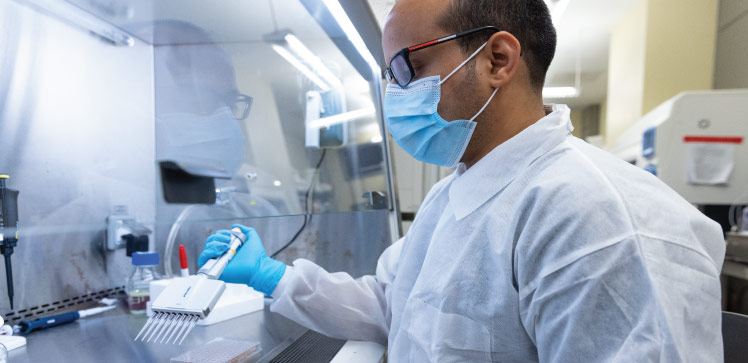
Bioscience
An in vitro cellular model that mimics the initial phase of human embryo creation could improve understanding of infertility.
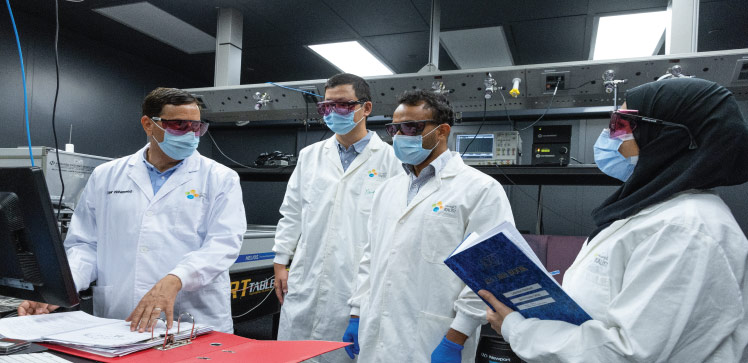
Chemistry
Extending the lifetime of hot electrons could help make solar cells more efficient.
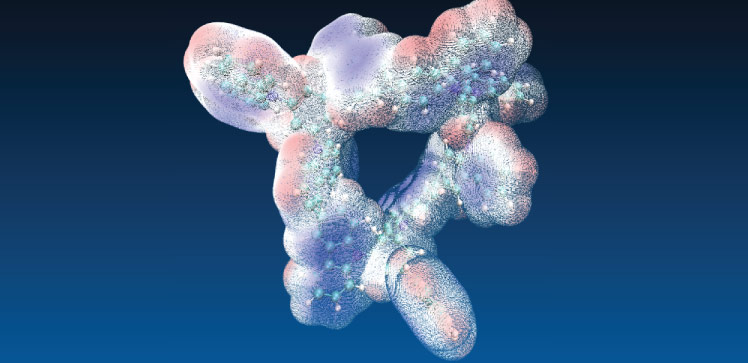
Chemical Engineering
Polymer membranes with precisely controlled, uniform and very small pore structure could bring ion-sieving capacity to many applications.
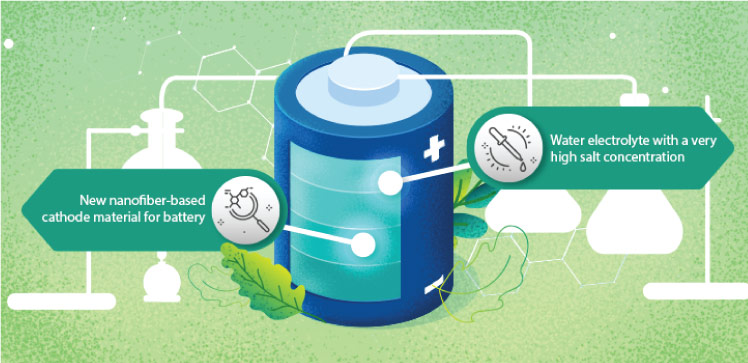
Material Science and Engineering
Batteries made from earth-abundant metals show great potential for grid-scale energy storage.
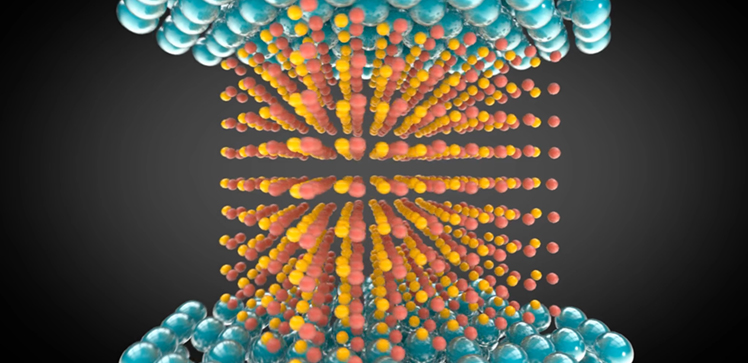
Material Science and Engineering
A nano-scale memristor is shown to have superior stability for random number generation as an integral part of secure data transmission.

Computer Science
A simple camera system paired with a sophisticated image-processing algorithm can achieve faster and more accurate reconstructions of particle flow.

Computer Science
An eight-fold speed up of deep machine learning can be achieved by skipping the transmission of zero values.
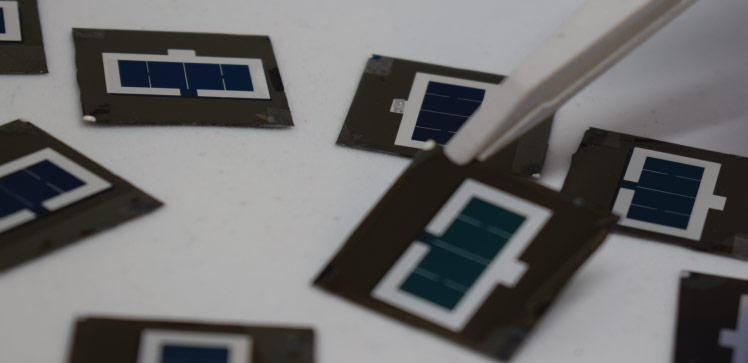
Material Science and Engineering
Clever contacts enhance perovskite/silicon tandem solar-cell performance.

Material Science and Engineering
A simple holistic solution plugs the performance-sapping defects that hamper new alternative solar materials.
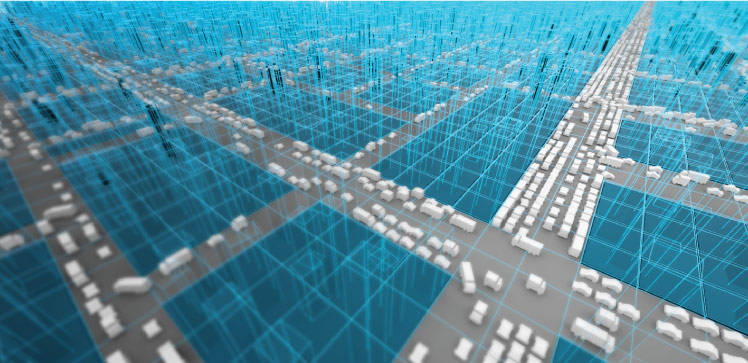
Statistics
A partial matching approach can overcome the dimensionality "curse" of continuous measurements over time to yield more accurate future predictions.
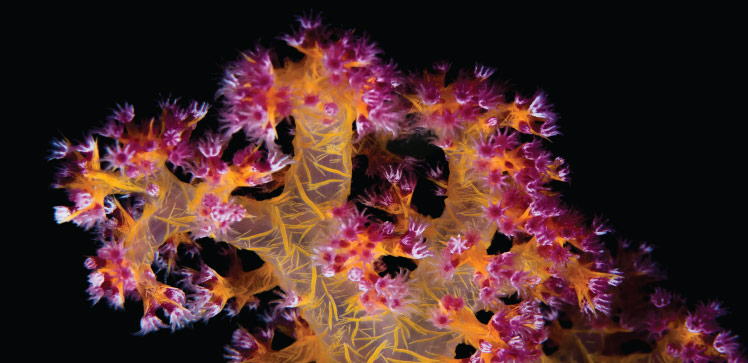
Marine Science
Probiotic treatment prevents the death of corals from heatwaves.
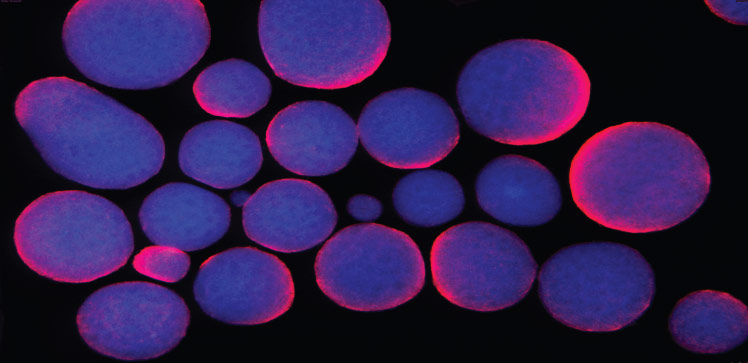
Bioscience
The biomedical research community needs to do more to ensure their findings are relevant and reproducible.
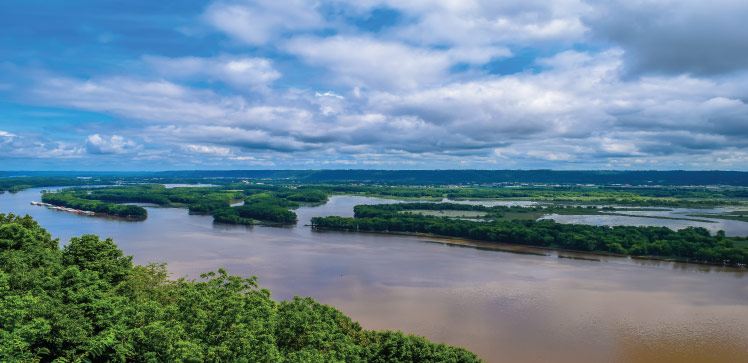
Statistics
Statistical tools help fine-tune the parameters and approximations of models used to make sense of large spatial datasets.

Computer Science
Computational models capture the capricious behavior of forest fires.
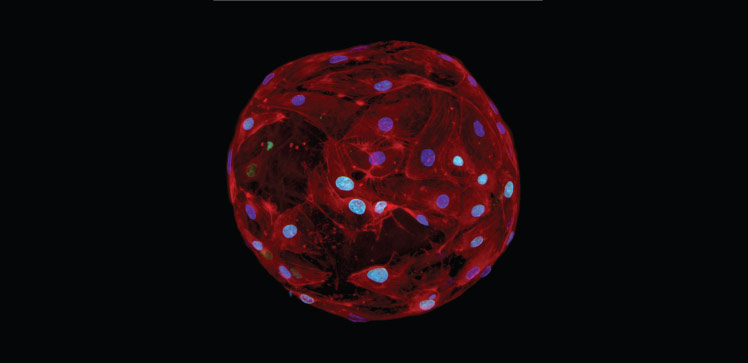
Bioengineering
Tiny drops that resemble an extracellular matrix can be used to culture cells for delivery into the human body.
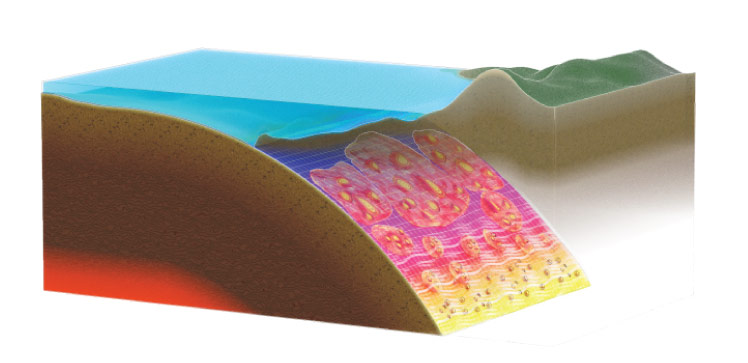
Earth Science and Engineering
Studying slow, gentle and previously undetectable events will help reveal the origins of damaging earthquakes.
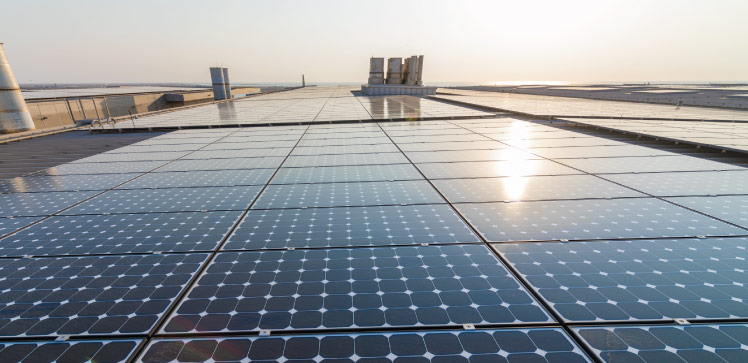
Environmental Science and Engineering
Theoretical modeling helps boost the efficiency of a device that generates both clean drinking water and electricity.
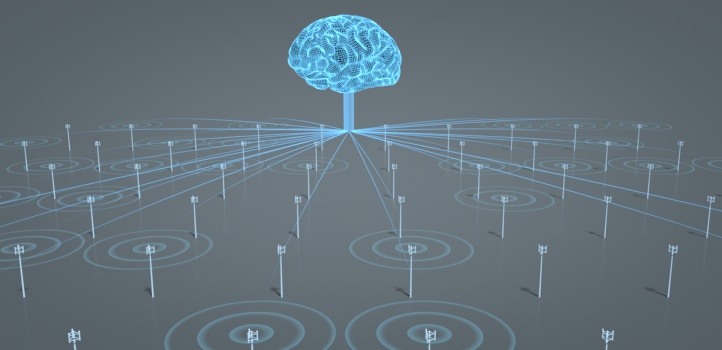
Computer Science
Predicting wireless traffic using artificial intelligence could improve the reliability of future wireless communications.

Bioscience
An approach that reduces the computational power required to analyze huge amounts of DNA data for identifying new microbes and their proteins could be used for manufacturing anything from new antibiotics to plastic-degrading enzymes.
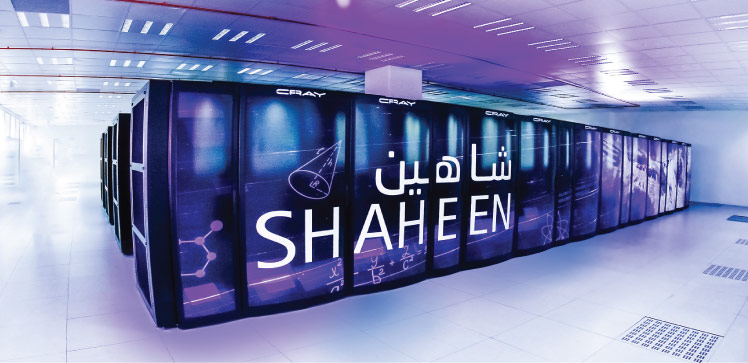
Statistics
A mixed-precision approach for modeling large geospatial datasets can achieve benchmark accuracy with a fraction of the computational run time.
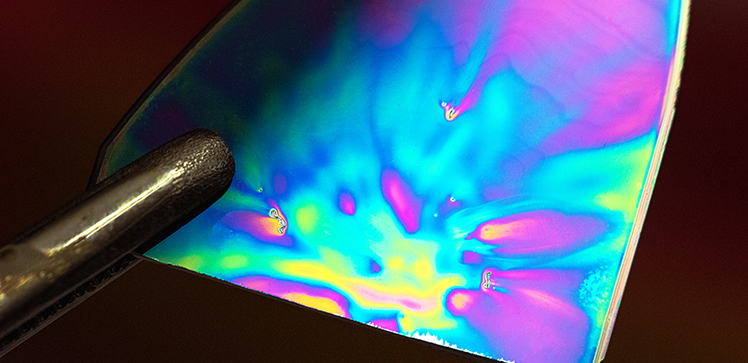
Chemical Engineering
Perfecting the dimensions of chemical separation membranes is a step toward a sustainable chemical industry.

Computer Science
Machine learning accelerates the search for promising Moon sites for energy and mineral resources.
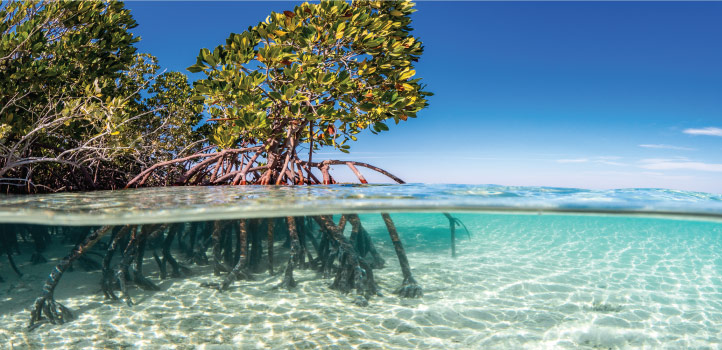
Bioscience
Honing a growth chamber cultivation technique leads to the identification of novel bacteria from Red Sea mangrove sediments.

Electrical Engineering
The twin technologies of unmanned aerial vehicles and wireless sensors could be the ideal combination to counter forest fires.

Chemistry
Conquering a chemical challenge to control the structure of a polymer opens a path to better biosensors.
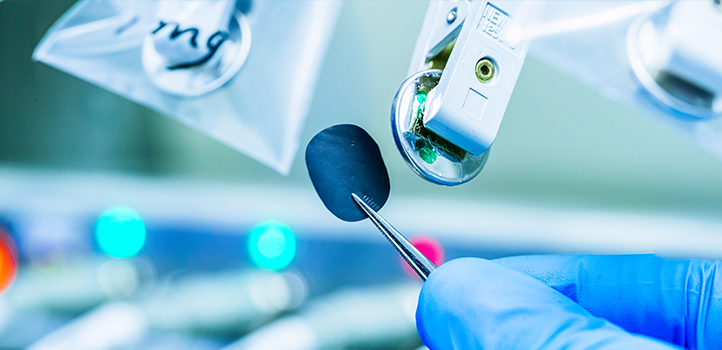
Material Science and Engineering
A layer of hierarchically three-dimensional porous graphene greatly suppresses a problem holding back the development of lithium-sulfur batteries.
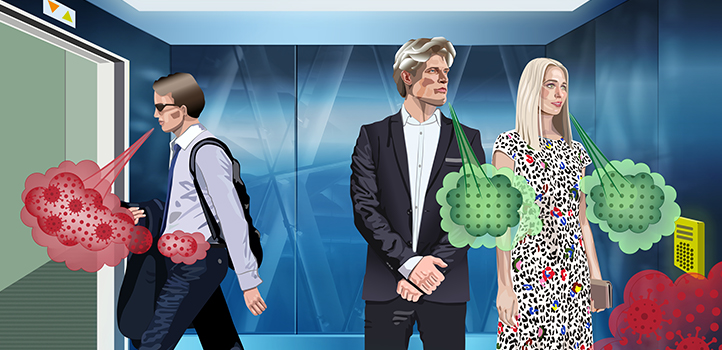
Computer Science
Electrical and computer engineers take on complex modeling questions that can further our understanding of virus spread in small spaces.
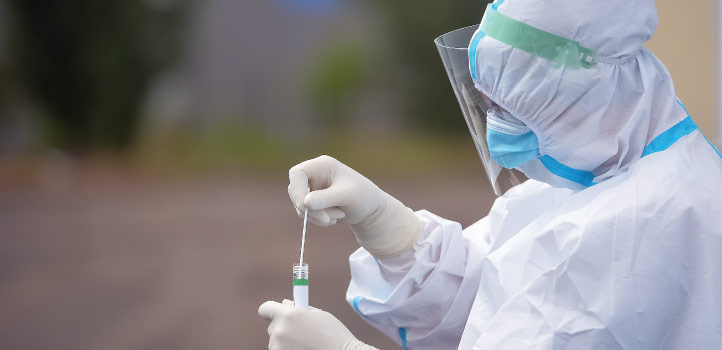
Bioengineering
New lateral flow test Vigilant is cheaper, easier to use and as reliable as the current gold standard PCR test for diagnosing SARS-CoV-2 infection.

Electrical Engineering
Ultrathin needles for probing plants could help keep crop health in check.
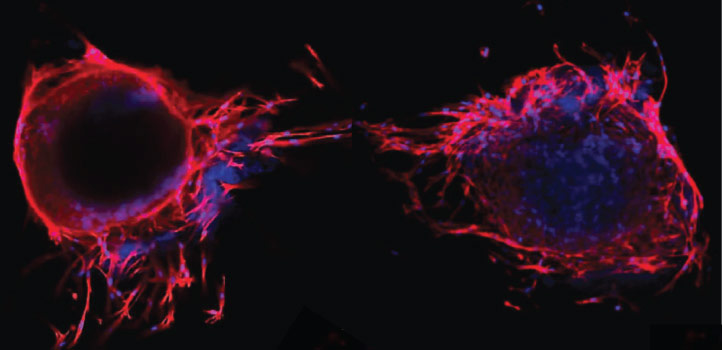
Bioengineering
3D models of bone formation provide a tool for tissue engineering, biomedical research and drug testing.